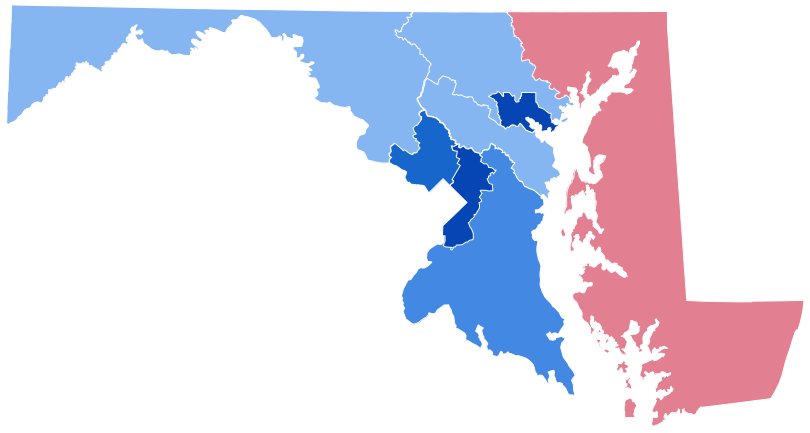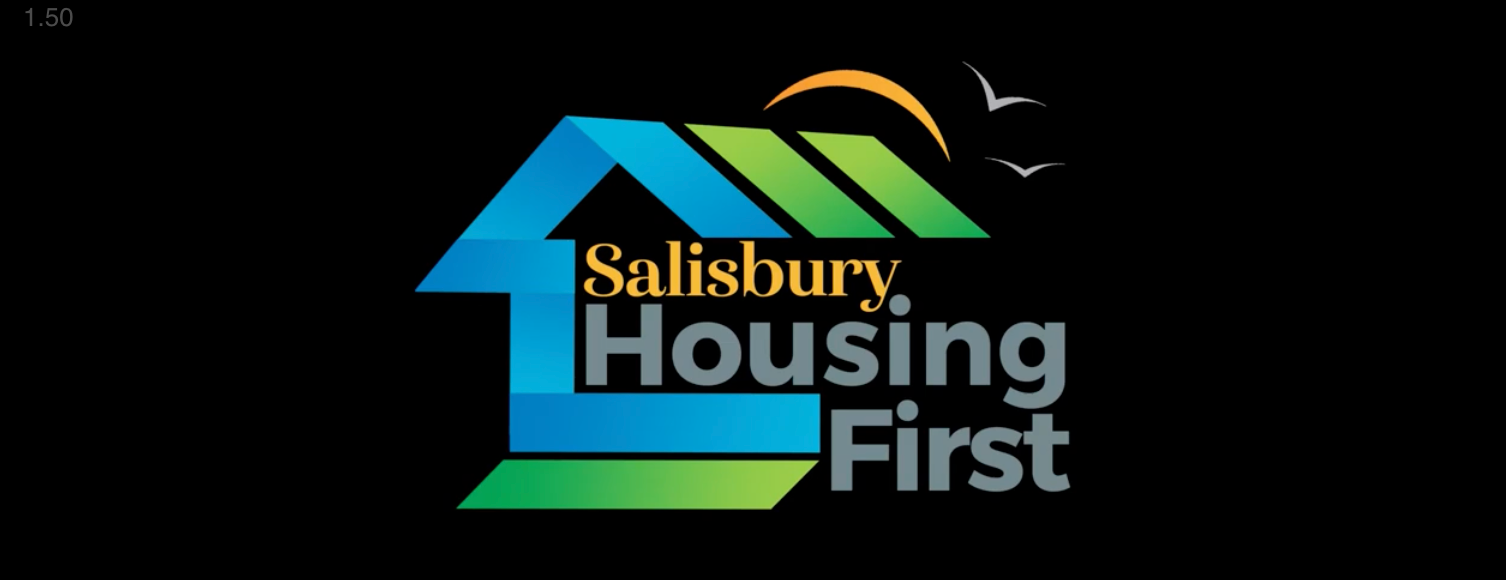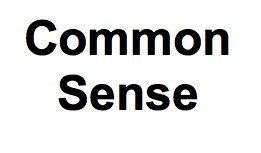Watch the Moms!

Moms are a particularly powerful way of organizing. This is not a history but a commentary on some of today’s Moms organizations that have played a role in America’s politics in different forms.
Moms for Liberty caught our attention here on the Eastern Shore a couple of years ago in the elections for local boards of education. It was founded in Florida in 2021 by Tina Descovitch, Tiffany Justice, and Bridget Ziegler. Moms for Liberty claim to be “a grassroots organization dedicated to fighting for liberty and parental rights in education.” [M4L FB website, March 22.] “They promote liberty in our homes and community” according to their mission statement.
In a gesture of defiance and common sense, The Book Plate bookstore started advertising that they have been selling banned books for decades.
Moms for Liberty, Worcester County, Md., also was active in the same year’s elections. Barbara Barbato, Chair, stated that
“Moms for Liberty – Worcester County is dedicated to the survival of America by unifying, educating and empowering parents to defend their parental rights at all levels of government.”
Two grandmothers’ organization were organized to oppose them: Grandmothers for Truth and Grandmothers for Reproductive Rights or GRR!.
Grandmothers for Truth is a group of grandparents and their allies organized by People For the American Way who are “fighting for the next generation’s freedom to learn, and who are resisting authoritarian attacks on the freedom to teach the full truth about our history and culture. In partnership with allies of all ages and communities, we will defeat this generation’s book-banners, censors, and authoritarians."
They are “a voice, coming from grandparents’ unique place of wisdom and love, against censorship and for the freedom to learn.”
“Grandmothers for Reproductive Rights was formed to resist Moms for Liberty by women who grew up in the 50s, 60s, and early 70s when women in this country had little or no access to birth control. Abortion was illegal, and women were dying after unsafe abortions. Their vision is ‘a world where all people have access to comprehensive sexual and reproductive health care, including abortion. A world where all can exercise their human right to maintain personal bodily autonomy, have children, not have children, and parent the children they do have in safe and sustainable communities”.
A larger and older group is Moms Rising that is a merger of two separate organizations, MomsRising Together, a social welfare organization, and MomsRising Education fund in 2006. It was founded by Kristin Rowe-Finkbeiner, an American author, speaker, and radio-host and by Joan Blades. This organization has broad interests and could be described as progressive or liberal while actually stating that they are conserving American values that are far from those of Moms for Liberty:
“We take on the most critical issues facing women, mothers, and families by educating the public and mobilizing massive grassroots actions to:
- Bring the voices and real world experiences of women and mothers straight to our local, state, and nation's leaders;
- Amplify women's voices and policy issues in the national dialogue & in the media across all platforms (from print, to radio, to blogs, social media, and more);
- Accelerate grassroots impact on Capitol Hill and at state capitols across the country;
- Hold corporations accountable for fair treatment of women and mothers and for ensuring the safety of their products.
Shauna Shames, Associate Professor of Political Science at Rutgers University, wrote in Conversation:
“MomsRising combines the best of American innovation and ingenuity. We are a transformative on-the-ground and online multicultural organization of more than a million members and over a hundred aligned organizations working to increase family economic security, to end discrimination against women and mothers, and to build a nation where both businesses and families can thrive.
“Although Moms Rising never interferes in elections, it works to support or oppose proposed legislation on the federal level and has a political effect throughout the year. It’s reassuring that several Moms and Grandmoms groups formed in opposition to Moms for Liberty and equally, that Moms Rising was formed to opposed the liberty-minded individuals. In this context, 'liberty' tends to describe a struggle for liberty for themselves but not for others and 'freedom' represents a struggle for the rights of all, and formally recognized by governments. Politically these groups are at loggerheads.
Professor Shames continues:
“Others see them as well-organized, publicity-savvy anti-government conspiracists. By 'parental rights' they mean limiting certain content in schools and having local councils and boards run only by 'liberty-minded individuals' — which sounds like rhetoric from the American Revolution. There’s historical precedent in this. Change the clothes and hairdos and these ladies could look like the conservative white women who opposed busing in 1970s Boston, supported McCarthy anti-communism or blocked integration in Southern schools. Those women also formed mom-based groups to protest what they saw as government overreach into their families’ way of life.
“But as a scholar of American politics with a focus on gender and race, I also see differences. Moms for Liberty skillfully leverages social media, drawing on a population activated by the 2009-2010 rise of the Tea Party followed by the Trumpian MAGA movement. Mask mandates were the trigger for the group’s formation, but opposition to gender fluidity and queerness has become its bread and butter — more 21st century than 20th.
“How racial equality is talked about animates its work also, in a distinctly new way. The conservative position on race and government’s role in the past century has pivoted from enforcement of segregation and hierarchy to a kind of social “laissez-faire” — hands off — position to match the Reaganite view that government is bad.
“The extreme, hyper-male form of this anti-government, pro-traditional gender-roles ideology took shape as the Proud Boys, a number of whose leaders are now under indictment and sentence for their part in the Jan. 6 Capitol attacks. Moms for Liberty, while not going this far, shares similar beliefs and apparently has ties to the Proud Boys organization and leaders. They don’t march with guns, but their actions undermine and impede local government.
“Moms for Liberty soon found success with disruptive tactics a VICE News investigation called a 'pattern of harassment' of opponents that include online and in-person targeting of school board members, parents or even students who disagree with the group.
“Members in many chapters generate ill will by turning up to school board and other meetings — sometimes to the homes of public officials or teachers — yelling insults like 'pedophile' and 'groomer' at opponents.
“For a newcomer, Moms for Liberty has had real victories. It has disrupted countless meetings, forcing local governance bodies to focus on topics important to the group such as lifting mask mandates and, more recently, removing curricular content that they deem controversial, such as texts on gender identity and racial oppression.
“The group’s success in getting talked about is perhaps its greatest strength so far, moving it from outside disruptor to political player, at least locally. It has successfully supported many local candidates and book bans.”
She concludes:
“The mom rhetoric may be real, but as a political scientist, I can say confidently that the framers of the Constitution would not endorse this brand of liberty. Book bans are weapons of autocrats, and democracy ends where political figures call each other 'pedophiles' in public.”
Shames’s analysis of 21st century conservative women’s groups shows an American pattern of how conservative women may respond to rapid changes by pushing for smaller governmental control while the other Mom’s groups demonstrate a firmer foundation in democratic principles when they oppose them. Ironically these often-labeled liberal principles are also deeply conservative in the sense of keeping faith with the intentions of the founders of our nation, which of course, does not recommend destroying the government!
Jeanette E. Sherbondy is a retired anthropology professor from Washington College and has lived here since 1986. In retirement she has been active with the Kent County Historical Society and Sumner Hall, one of the organizers of Legacy Day, and helped get highway /historical markers recognizing Henry Highland Garnet. She published an article on her ethnohistorical research of the free Black village, Morgnec.
Common Sense for the Eastern Shore







